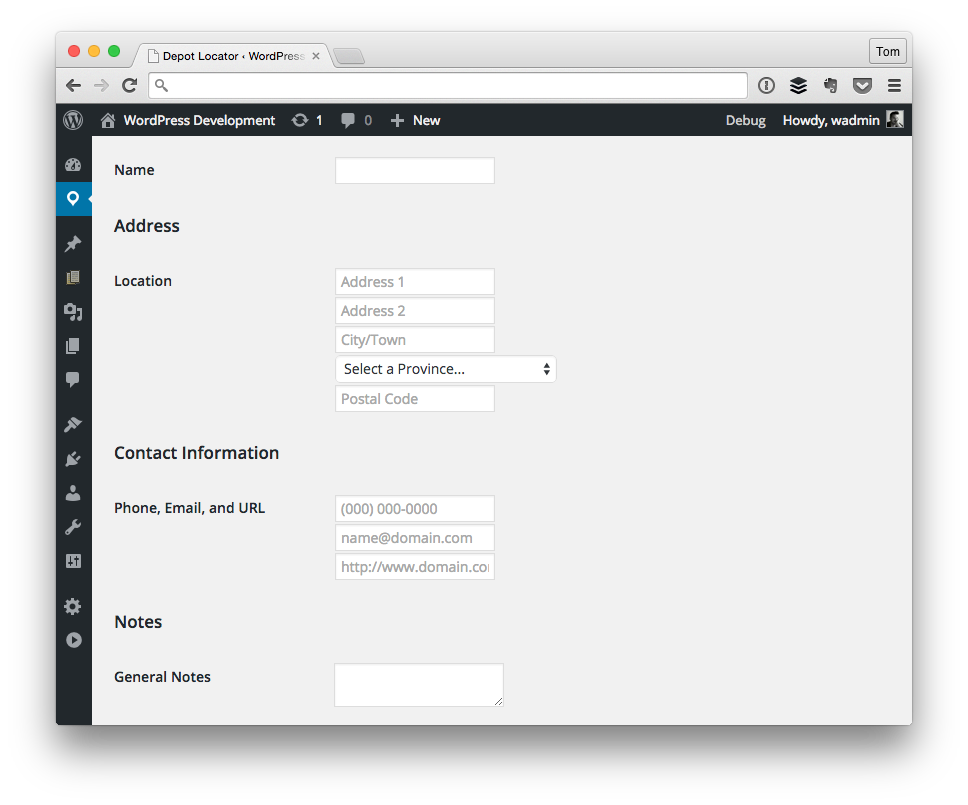One of the really neat things about working in the software development industry is that we have the ability to be as engaged with other people as much as we want or not.
That is, we have the ability to chat with people via Twitter, IRC, or Skype, and we have the ability to learn and educate other people through blogs, screencasts, meet-ups, and so on.
But all of this comes at a cost: We can get near instant feedback while in the process of giving a talk or after people have viewed a course that we spent hours preparing and editing.
Case in point, I recently received some feedback that said something along the following:
You speak in lightening speed with copy/paste codes.
Perhaps I do talk fast (though I deliberately try not to do so), and I certainly do not use “copy/paste codes.” But anyway. I digress.
Years ago, this would have been something that would have seriously bummed me out. I mean, here I am pouring my energy into trying to help other people learn something and it wasn’t well-received.
But now, years later, that’s not the case.


